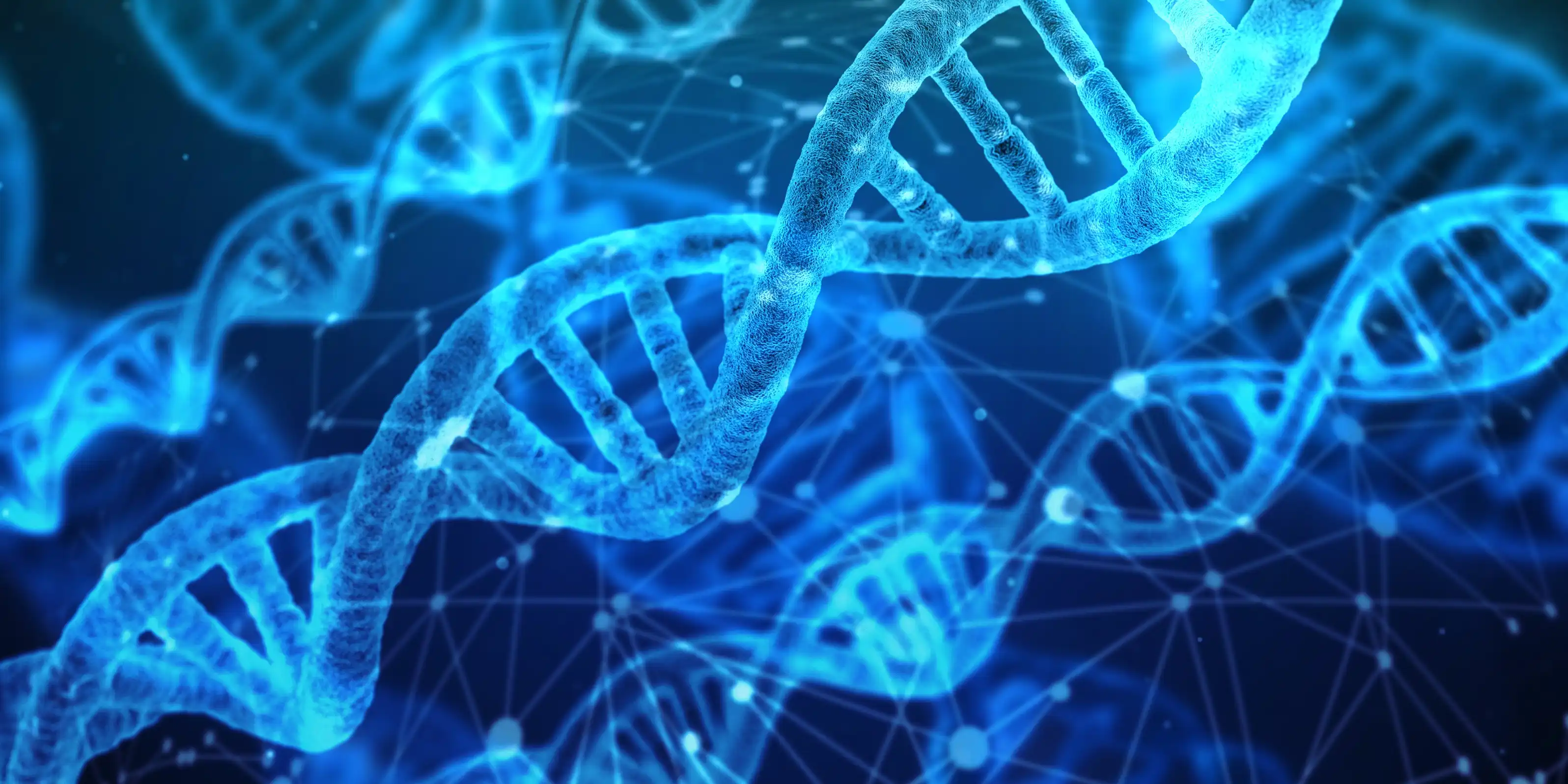
In a recent presentation by the Orange County Sheriff's Office (OCSO), forensic specialists Missy and Michaela gave an in-depth look into the world of crime scene investigation. The presentation painted a vivid picture, revealing that real-life CSI isn’t always as glamorous or straightforward as it appears on TV.
Unlike the pristine prints often seen on CSI, real-world fingerprinting is a meticulous process. Investigators lift fingerprints from objects like cups, cars, or chip bags and submit them to the latent print unit for examination. The objects are placed in super glue chambers, which help adhere the sebaceous oils from fingerprints onto the object, allowing for further processing techniques beyond the use of fingerprint powder.
Next, the fingerprints are processed using technologies like Lumidigm’s LiveScan fingerprint capture. This technology uses a light source to penetrate the ridges and valleys of the print, revealing more detail than traditional methods. It also allows for better accuracy when matching prints with criminal databases.
Finally, computers are used to search through thousands of records in order to find a match. If a comparison can be made, the investigators are able to link the suspect to the crime scene.
Forensic specialists also utilize fluorescence as a powerful tool in detecting and analyzing biological evidence. For example, when exposed to specific lights, such as ultraviolet or blue light, semen exhibits a bright fluorescence, enabling investigators to easily identify and isolate potential samples for further analysis in the laboratory.
Fluorescent materials have been used to detect blood at crime scenes. By utilizing a special chemical known as luminol, forensic specialists are able to spray a solution onto surfaces that may contain traces of blood. When exposed to blue light, the solution reveals areas that are now visible due to the presence of iron in hemoglobin molecules found in human blood. This technique plays a crucial role in the accurate identification and collection of valuable DNA evidence, aiding in the pursuit of justice.

Investigators also use DNA analysis when working on cases. Evidence can be taken from items like hair, skin tissue, and bodily fluids. After collection, samples are sent to a lab for testing where they undergo several rounds of analysis. This process involves comparing the DNA from the evidence to already existing samples in databases. By isolating specific genetic markers, investigators can track down potential perpetrators and determine their probability of involvement in a crime.
Analyzing DNA has become a vital part of forensic science, providing investigators with reliable evidence that can be used to bring justice in criminal cases. It has also been effective in exonerating those who had been wrongfully convicted, and it continues to play a crucial role in solving some of the most complex cases.

In recent years, digital forensics has drastically changed the way crimes are investigated. By examining digital devices such as computers and phones for evidence like images, text messages, and call logs, forensic experts can gain valuable insight into criminal activity. Digital evidence is particularly useful in cybercrime cases, as it provides investigators with access to online communication networks and other data that could not be obtained through traditional methods.
In addition to aiding in investigations, digital forensics also helps protect businesses and organizations from malicious actors. By utilizing the latest security technologies and analyzing system logs, forensic specialists can detect suspicious activity and help prevent cyberattacks. This is particularly important in industries where sensitive information is stored and accessed digitally, such as healthcare and banking.
The National Integrated Ballistic Information Network (NIBIN) plays a crucial role in firearms investigations. It examines the unique impressions left by the firing pin and breach face on cartridge cases. This technology allows investigators to link suspects to different shootings and track guns across Orange County over time.
NIBIN has been used to solve numerous cases, including mass shootings, homicides, and robberies. It can also be used to identify shooting patterns that may indicate criminal activity. By keeping records of firearm evidence collected at crime scenes and analyzing it for similarities, investigators can gain crucial insight into a case and help bring the perpetrators to justice.
Despite its effectiveness, NIBIN is not infallible. Due to the complex nature of firearms investigations and the limited number of crime labs in Orange County, it can take months for crime scene evidence to be processed. This means that crucial leads may be missed if cases are not investigated quickly enough. Additionally, NIBIN relies on data sharing between agencies, which can lead to delays in case resolution.
To ensure that the Orange County justice system is not hindered by these challenges, forensics specialists must stay up to date on the latest trends in firearm investigations and work with local law enforcement agencies to share information quickly and effectively. By utilizing all available resources and collaborating closely with other departments, forensic specialists can help make sure that criminals are brought to justice.
Recover, a fingerprint technology, fumes fired cartridge cases to make corroded fingerprints visible. This method can provide vital leads, linking people, objects, or clothing to a gun or gunshot. Recovering latent prints on cartridge cases can also provide invaluable evidence in identifying a shooter or the person who handled the weapon.
Using Recover technology, forensic specialists can place fired cartridge cases into a chamber and expose them to fumes to make any invisible fingerprints visible. This visual evidence is then photographed and analyzed using an automated fingerprint identification system (AFIS). The AFIS compares the recovered latent prints against a database of known prints to identify potential suspects or persons of interest.
The OCSO employs forensic artists who create sketches based on victim descriptions, contributing another layer to their investigative process. Alongside these artists, the office employs 15 full-time crime scene investigators (CSIs) and other integral staff members who may not directly respond to crime scenes but play essential roles in investigations. The CSIs are responsible for collecting and preserving evidence, from fingerprints to hair and fibers. Once the evidence is collected, it is sent to a crime lab for analysis.
Other duties of OCSO forensic specialists include testifying in court as expert witnesses. They may also provide input to other law enforcement agencies or private clients on cases outside of their jurisdiction. By providing this critical support, the OCSO ensures that justice is served.
Forensic specialists are also responsible for maintaining and updating records of evidence collected, including storage locations and chain-of-custody information. This type of meticulous record keeping helps to ensure accuracy in investigations and prevent any tampering with evidence. It also contributes to a reliable database that can be used in future cases.
Forensic professionals come from diverse educational backgrounds. Some specialize in areas like distinguishing between human and non-human remains, while others may hold degrees in forensic science with minors in chemistry and certificates in crime scene investigation.
Regardless of the educational background, it is essential for forensic specialists to remain up-to-date on new technology and techniques within the field. This ensures that they can effectively apply their knowledge when working on cases. The OCSO encourages this by providing training opportunities to its staff and hosting seminars in various areas such as blood spatter analysis, firearms identification, toxicology, and trace evidence.
By staying abreast of the latest advancements in their field, forensic specialists at the OCSO are prepared to offer valuable assistance to investigators and help ensure that justice is served. In doing so, they become an integral part of the criminal justice system.
Careful collection and preservation of evidence form the backbone of any investigation. CSIs meticulously document each piece of evidence, ensuring it's logged and stored properly. Violent crime evidence is typically held for extended periods, while homicide evidence is never purged. Each piece of evidence is given a unique identification number, facilitating quick and easy location.
Along with the evidence that is collected from the scene, CSIs also take photographs and video footage of the area. This helps to preserve details that may be missed in traditional documentation. The OCSO has a state-of-the-art digital imaging laboratory at its disposal for this purpose, allowing them to create high-quality images and videos that can then be used as reference material throughout the investigation.
In addition to their traditional duties, CSIs are also trained in crime scene reconstruction and analysis. This involves piecing together the sequence of events that led up to the crime and identifying any potential suspects or motives. The insight gained from these investigations can be invaluable for helping law enforcement solve cases quickly and efficiently.
The OCSO often aids investigations beyond Orange County, assisting other departments when needed. This collaboration underscores the interconnected nature of law enforcement and the shared goal of solving crimes. The OCSO has access to a variety of resources that can be used to help other departments in their investigations, including specialized databases and advanced imaging technology.
This collaboration also extends beyond the United States. The OCSO is part of an international network of law enforcement agencies, working together to solve cases that may have global implications. By pooling resources and sharing information, these agencies are able to share best practices and gain insight into criminal activity on a larger scale.
The OCSO is committed to continuing its work in crime scene investigation and helping law enforcement departments around the world tackle complex cases. The department remains dedicated to preserving the safety of its citizens by using the latest technology and investigative techniques to keep their communities safe.
Despite the fascinating aspects of forensic work, it comes with its challenges. Extended hours, working on holidays, and even missing out on Super Bowl Sunday are part and parcel of the job. Despite these demands, the team remains dedicated to their mission, highlighting their unwavering commitment to justice.
It’s not only the hours that are challenging; the job itself can be emotionally taxing. Investigating crime scenes and witnessing first-hand accounts of traumatic events takes its toll on officers. It is not uncommon for members of forensics teams to suffer from PTSD, depression, or anxiety due to their work. The OCSO offers counseling and other resources to help its officers cope with the trauma they experience. The OCSO also provides mental health checkups for its officers, as well as seminars on how to deal with situations where stress levels are high.
The world of forensics is a captivating and multifaceted domain, where every intricacy matters. It demands an unwavering commitment, an extensive repertoire of knowledge, and an unrelenting pursuit of truth. The recent presentation by the OCSO provided a captivating glimpse into this fascinating field, shedding light on the meticulous efforts and tireless dedication of those who tirelessly work to solve crimes and bring justice to their community. Their relentless pursuit of truth and their unwavering commitment to upholding the law truly exemplify the essence of the forensic profession.